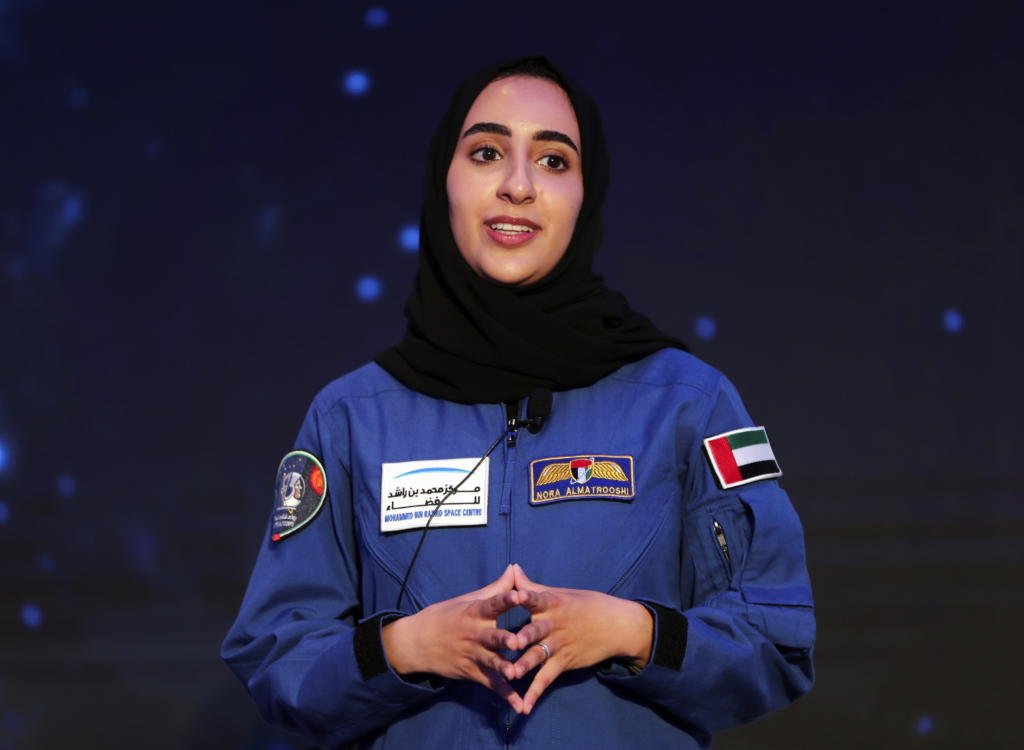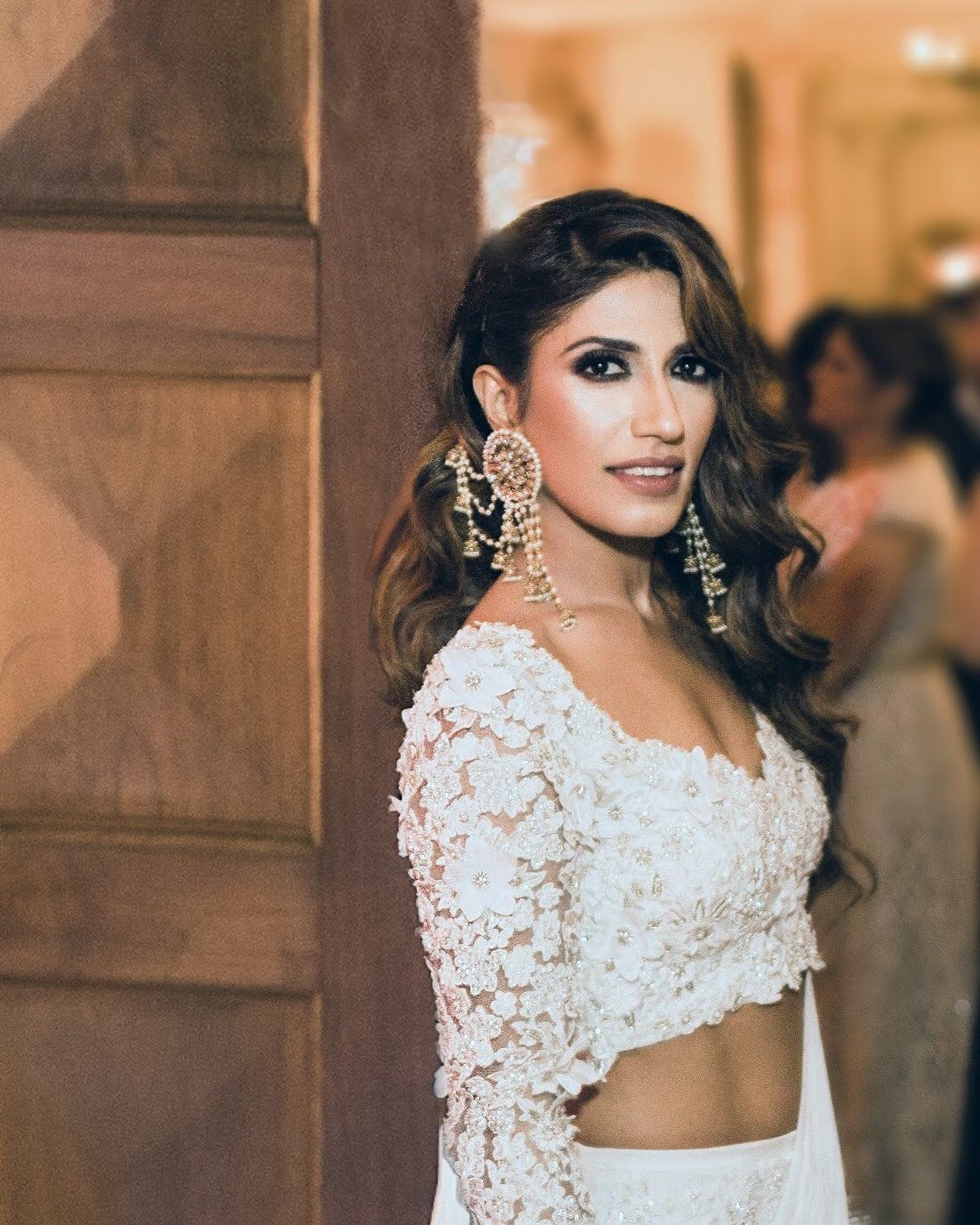Nora AlMatrooshi, an Emirati astronaut, completes her training at NASA and is prepared for space travel. Emirati astronaut Nora AlMatrooshi has dreamed of travelling to the Moon and has spent a large portion of her childhood staring up at the stars, much like her predecessors did.
She graduated from NASA’s training program this week, making history as the first Arab woman prepared to take out into space. AlMatrooshi, 30, recalls an elementary school science session in which her teacher acted out a lunar landing, replete with homemade spacesuits and a makeshift rocket ship tent.“She had shut out the lights in our classroom when we emerged from the tent. AlMatrooshi told AFP, “She was telling us that we were on the surface of the Moon, and she had everything covered in grey cloth.”

“I found a resonance with that day, and it has stayed with me. And I recall thinking, “This is incredible.” I genuinely want to see the Moon’s surface and I want to achieve this for real. And that’s when it all began,” she recalled, wearing a blue flight suit with her name and the flag of the United Arab Emirates stitched on it.
AlMatrooshi, an oil industry veteran and mechanical engineer by training, was one of two astronaut candidates selected by the United Arab Emirates Space Agency (UAESA) in 2021 to begin a NASA training program.
Currently, AlMatrooshi, her colleague Emirati, Mohammad AlMulla, and ten other members of their training class are fully trained astronauts following two years of arduous labour, which included practising spacewalks.
Known as “The Flies,” the group can now participate in NASA trips to the International Space Station (ISS), Artemis lunar landings, and, with luck, trips to Mars.
The space station Gateway is being developed to one day orbit the Moon. Earlier this year, the UAESA announced intentions to build the airlock, a customised gateway.
“My goal is to advance humanity beyond its current state. “I wish for humankind to return to the moon and to expand even farther,” AlMatrooshi declared.
“And I want to be part of that journey.”
As the first Arab woman to graduate from NASA, AlMatrooshi is not the only one to have experience in private space missions. Rayyanah Barnawi, a Saudi biomedical researcher, flew with Axiom Space to the International Space Station last year, and Sara Sabry, an Egyptian-Lebanese engineer, was part of the crew on a Blue Origin suborbital flight in 2022.
AlMatrooshi, a Muslim woman who covers her hair with a hijab, described how NASA came up with a plan that lets her wear her hair covered while donning the agency’s trademark white space suit and helmet, which are formally referred to as the Extravehicular Mobility Unit, or EMU.
“Once you get into the EMU you put on a (communications) cap (fitted with microphones and speakers), which… covers your hair,” she explained.
The difficulty arises just after AlMatrooshi removes her traditional headscarf but before she puts on the communications hat. The fact that only items with special authorization may be worn within the EMU only serves to muddle things more.
In the end, the suit engineers sewed me a temporary hijab so I could put it on, put on the suit, put on the communication hat, then take it off to cover my hair. Thus, AlMatrooshi remarked, “I really, really appreciate them doing that for me.”
AlMatrooshi will be prepared to launch into space with her fellow astronauts thanks to her personalised outfit. NASA’s Artemis 3 mission is scheduled to bring people back to the Moon in 2026. “I think becoming an astronaut is hard, regardless of what your religion or what your background is,” she stated to AFP.
It wasn’t harder, in my opinion, since I’m Muslim. However, I became aware of the contributions made by my forebears—Muslim intellectuals and scientists who studied the stars before me—when I became a Muslim.“Me becoming an astronaut is just building on that legacy of what they started thousands and thousands of years ago,” said AlMatrooshi.














